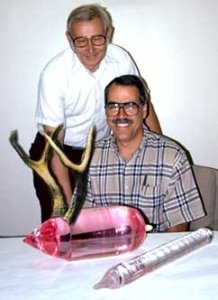coolguynamek
Rough_Rock
- Joined
- May 29, 2004
- Messages
- 58
Can any body let me know ?
A red stone (ruby / sapphire) of around say 30-40 carat even if it is synthetic / natural is its hardness is 9?
Still if even it is heated or synthetic does it has any value?
No stone can bite this red stone and the red stone scratches all the stones?
can we say its a natural ruby...
coz i have seen these stones with the collectors only ....
A red stone (ruby / sapphire) of around say 30-40 carat even if it is synthetic / natural is its hardness is 9?
Still if even it is heated or synthetic does it has any value?
No stone can bite this red stone and the red stone scratches all the stones?
can we say its a natural ruby...
coz i have seen these stones with the collectors only ....









300x240.png)